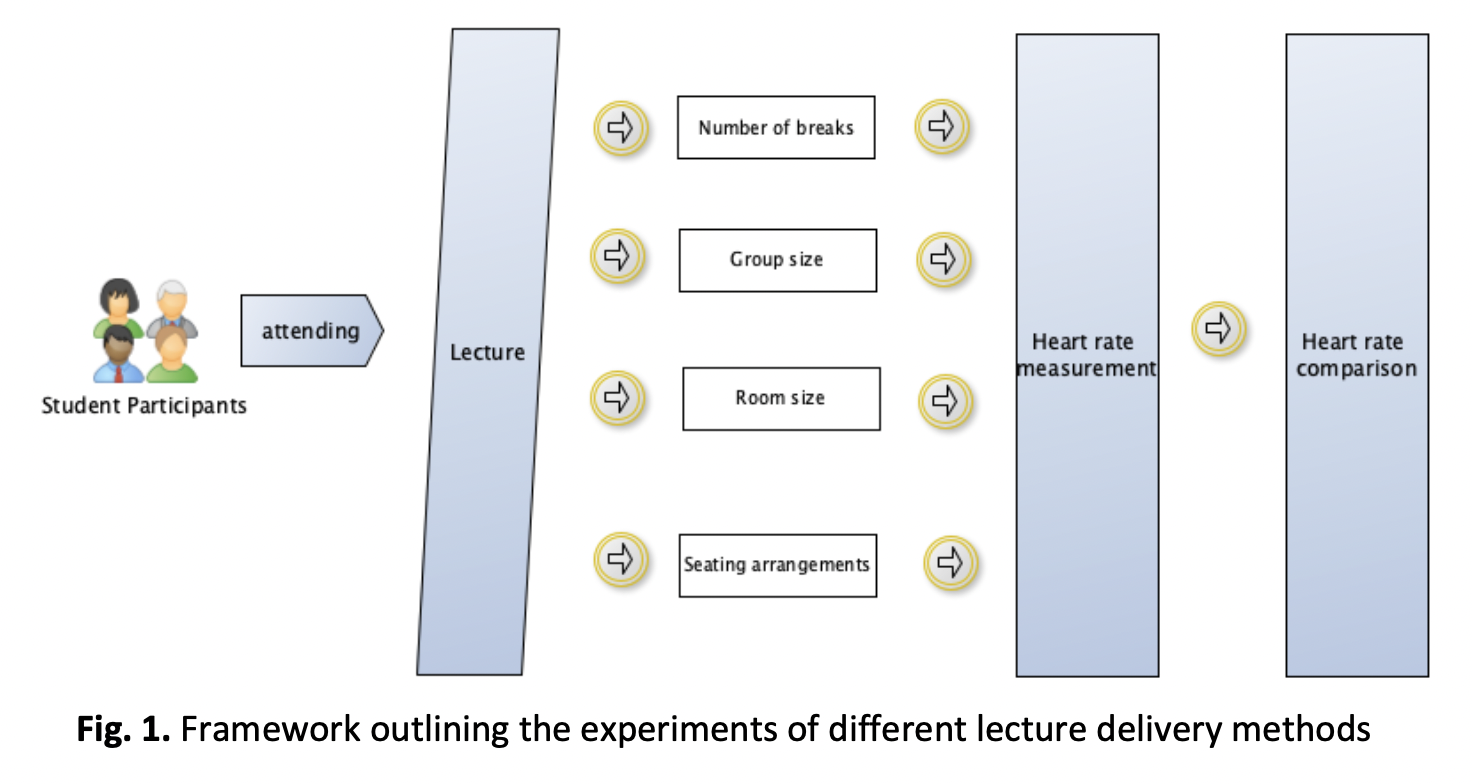Stress Detection and Mitigation through Discovery of Optimal Lecture Delivery Method for STEM-Enrolled University Students
DOI:
https://doi.org/10.37934/araset.40.1.8795Keywords:
Stress detection, lecture delivery method, STEMAbstract
The high availability of technology-related jobs is currently not fulfilled by enough supply of technology graduates, specifically the ones coming from science, technology, engineering, and mathematics (STEM) courses. This is related to the low enrolment rate of STEM-based courses at Universities. The notion that STEM subjects are intense and difficult to pass could be the reason of such phenomena. This research experimented different lecture delivery methods comprising of different seating arrangements, inclusion or exclusion of break, group size, and room size to investigate the generated levels of stress among STEM students, so that the method that would induce minimum stress could be discovered. The analysis of the generated heart rates as stress indication concludes that the level of difficulty of STEM subject’s topic is the one that most affected students’ level of stress, while inclusion of break during class is imperious to destress students. Class arrangement with far seating was discovered to be potentially more stressful for certain students indicated by the high level of resting heart rate in one of the experiments. Importantly, it was also found that regardless of lecture delivery method, STEM subjects in general remained challenging that was suggested by the consistently high recorded heart rates, which was also a sign of active learning engagement - besides implying the level of stress. Finally, gender-wise, there is no visible data pattern that could hint that certain gender is more vulnerable to stress when handling STEM subjects.
Downloads




























